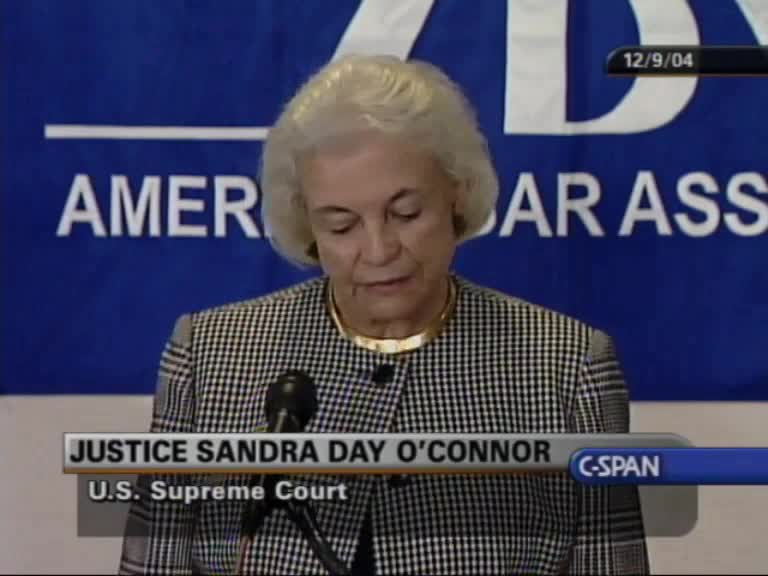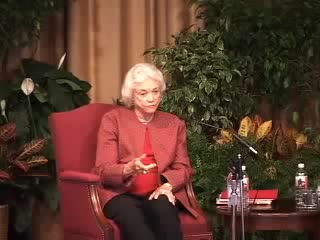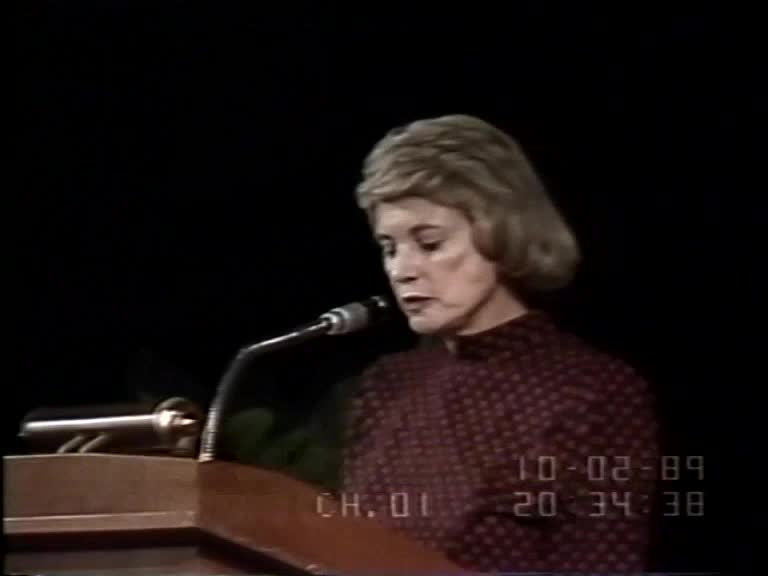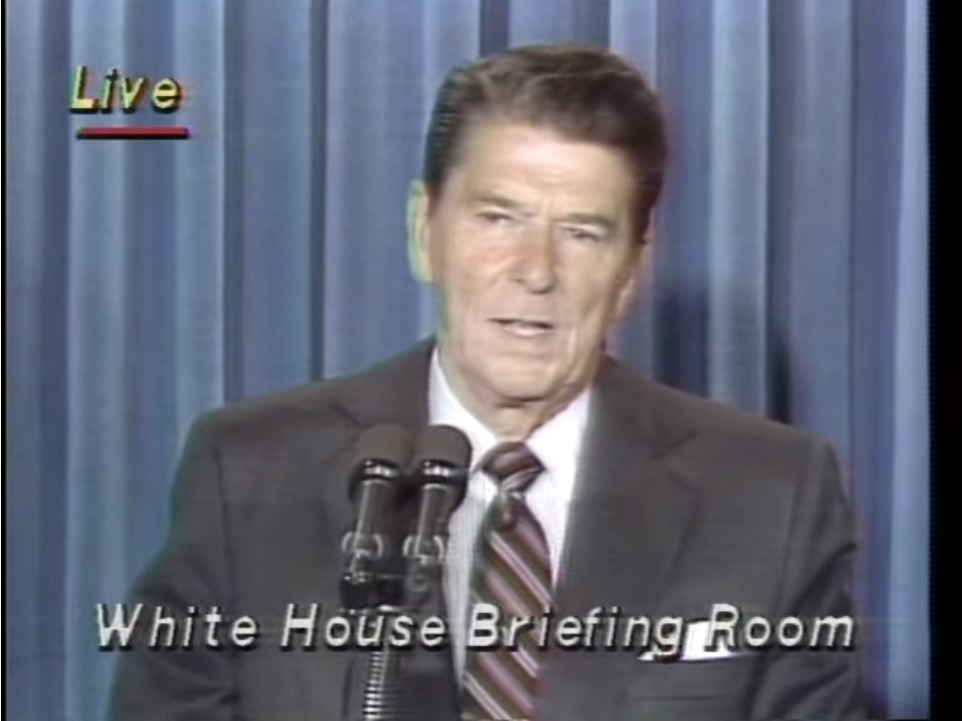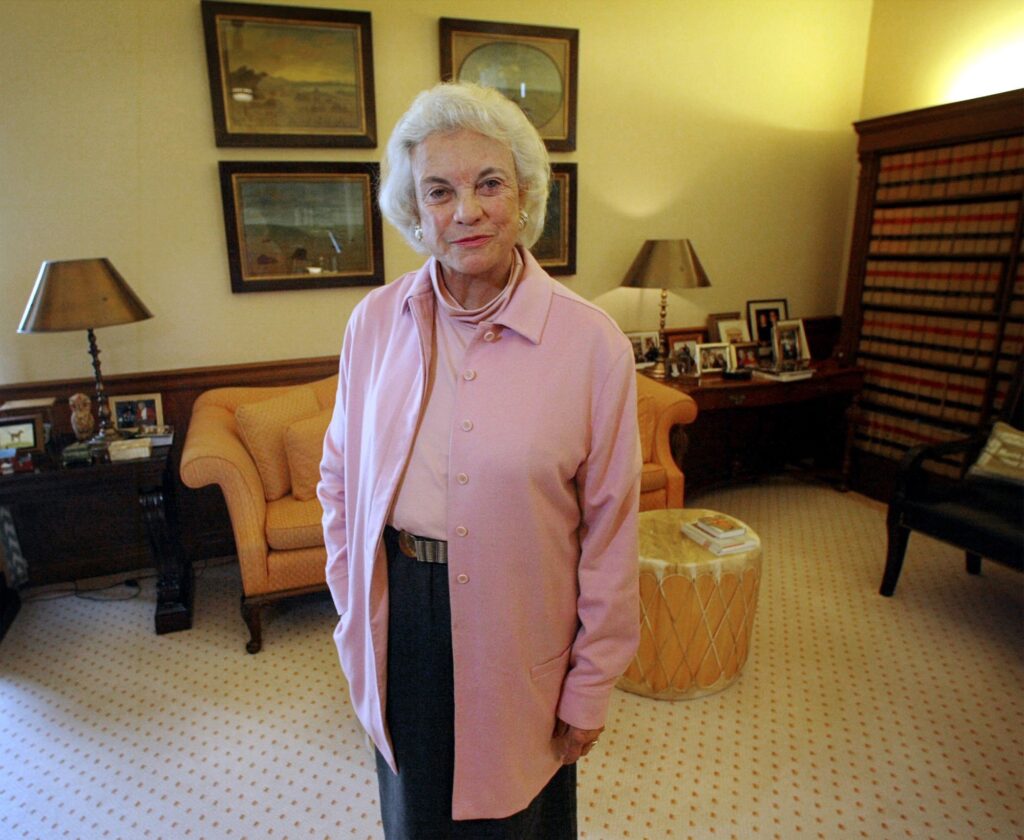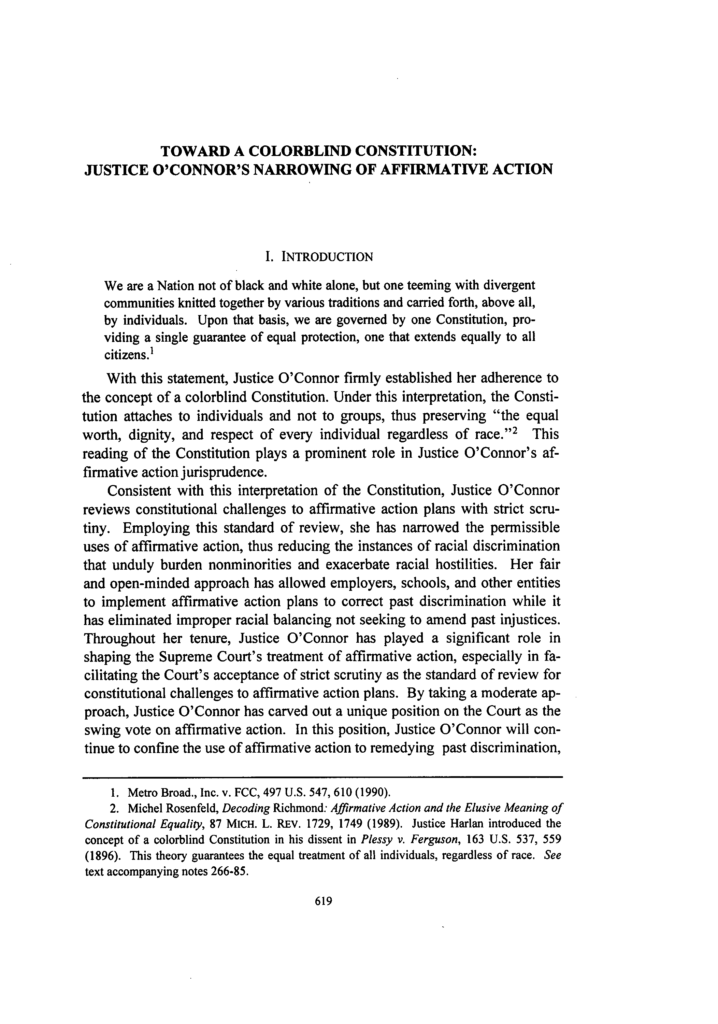Speech on jury service reform to the American Bar Association
Sandra Day O’Connor Thank you, President Gray. I appreciate that so much. And thanks for letting me be part of the effort today. I think my interest in this came about because of my years as a trial court judge and dealing with jurors in a great mini criminal as well as civil cases. And the jury system in this country is one of the most enduring aspects of our legal system as a whole. And the only time that most Americans other than lawyers and letting them see the inside of an actual courtroom is when they’re called to serve as jurors and juries have a proud history in this country as well as in England, where the jury as we know, developed today, Great Britain, Australia, Canada, New Zealand and the United States. Continue to use juries to hear evidence and determine facts. In a great many criminal cases. All only the United States and New Zealand continue to require use of juries in most civil cases. So it’s a shrinking universe out there. The Russian Federation is experimenting with the use of juries in serious criminal cases. And that seems to be expanding now to all parts of the Russian Federation. I think juries usually their do their jobs very well and occasionally show extraordinary courage in the face of hostile judges, perhaps, and try to deliver the verdict that justice demands, even if it might not be the one that the judge might want. I presided over many a trial and in all but two or three cases, I felt that the jury reached an entirely Appropriate verdict. And

